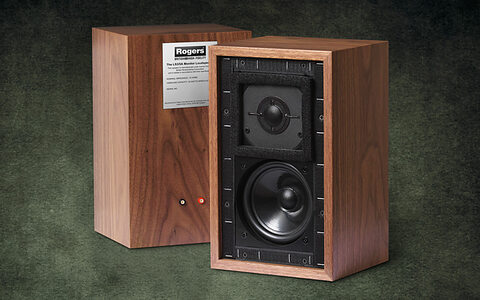
Baby Audio release Smooth Operator
New plug-in combines EQ, resonance suppression and spectral compression techniques.

New plug-in combines EQ, resonance suppression and spectral compression techniques.

New MkV MIDI keyboards boast Smart Scale and Smart Chord features, plus arpeggiator, note repeat and more.

Sequential founder Dave Smith has described the move as "a perfect cultural and technological fit".

Flagship orchestral library expanded, and now includes eight individual mic signals plus three mixes engineered by score mixer Jake Jackson.

New library comprises choir, chamber orchestra and organs, captured in the mediaeval Church of Niguliste, Estonia.

M1-equipped iMac features a six-speaker Dolby Atmos array, while the new iPad Pro boasts Thunderbolt connectivity.

The new Artist Edition Tracker ships with a huge collection of Pete Cannon's own jungle samples, plus four complete productions and a limited-edition vinyl EP.

Update to Modal's compact Skulpt polysynth adds MPE support and more.

The classic BBC-designed LS3/5A and LS5/9 monitors are being made new in the UK, by the original licensed manufacturers.

The film documents the remarkable female composers who embraced machines and their liberating technologies to utterly transform how we produce and listen to music today.